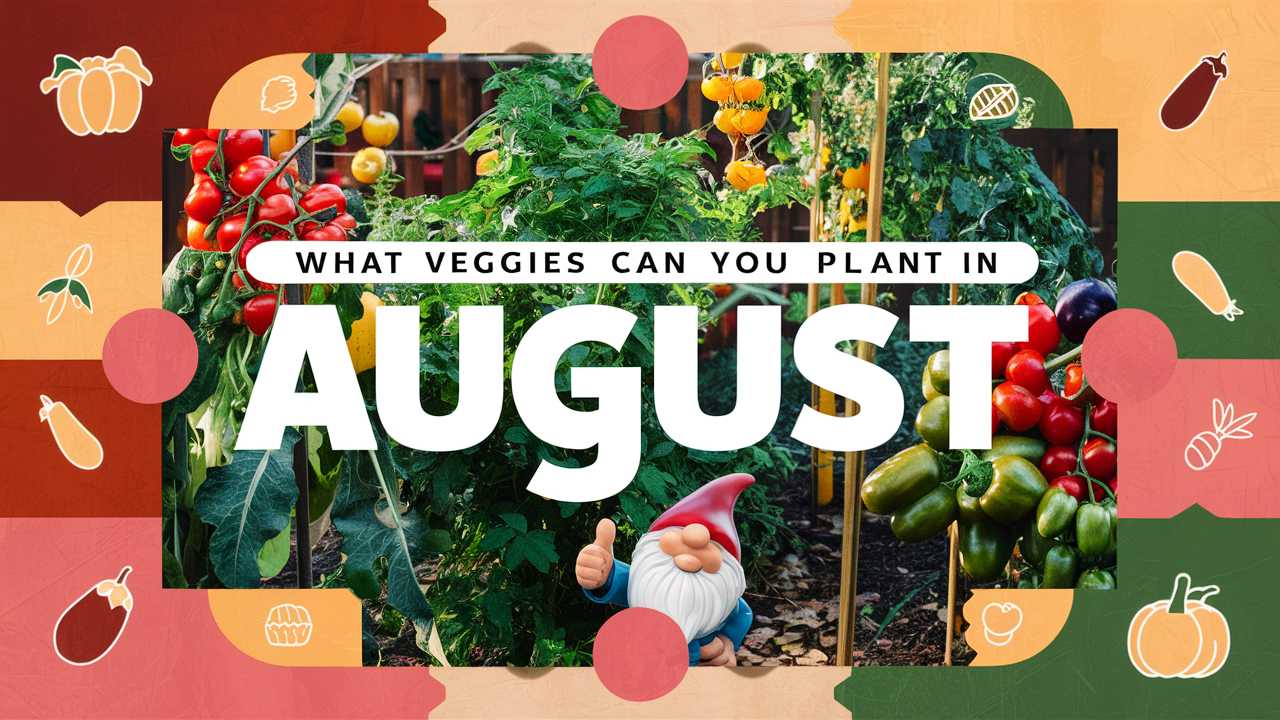As summer winds down in August, many gardeners might feel hesitant about planting new crops, wondering if it’s too late in the season to sow seeds. However, August can be a fantastic time for gardeners to get their hands dirty, especially if you live in regions with mild climates.
This month provides an excellent opportunity to plant a variety of vegetables that will thrive in the cooler months. From leafy greens to hearty roots, there’s an array of options for both experienced and novice gardeners. Let’s explore the top varieties that you can plant in August to ensure a bountiful harvest this fall.
Arugula
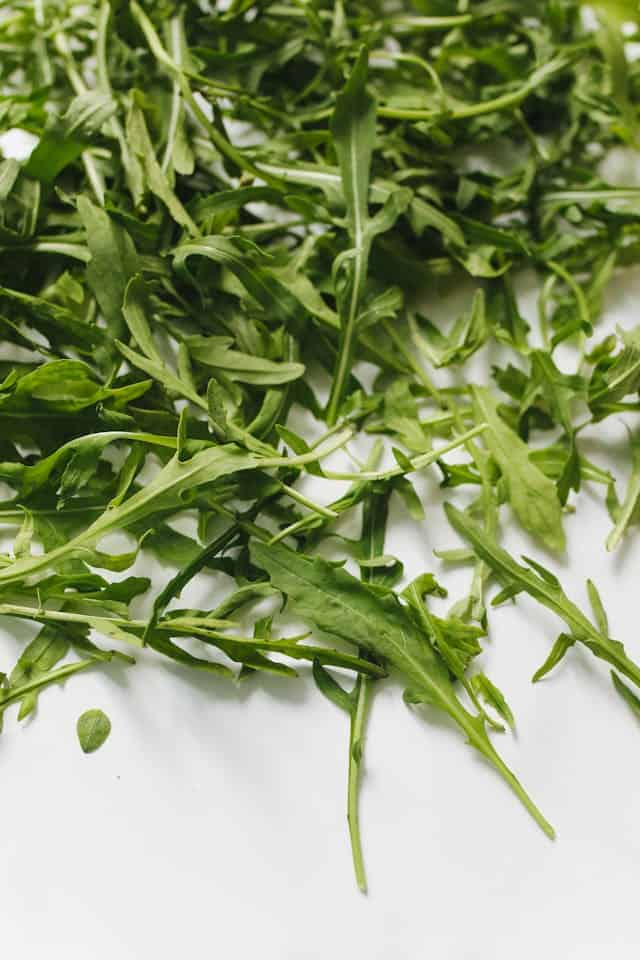
Arugula is a fast-growing green known for its peppery flavor and nutrient-rich profile. This hardy leafy vegetable thrives in cooler temperatures, making late summer an ideal time to plant it. Sowing arugula in August allows you to enjoy its tender leaves in just a few weeks. Whether used in salads, sandwiches, or as a garnish, arugula’s versatility and quick growth will keep your plates interesting. Plus, it can tolerate light frosts, extending your harvest well into the fall.
To grow arugula, plant seeds directly into your garden bed or in containers. Make sure to scatter seeds about 1 inch apart and cover them lightly with soil. Water them gently, and in just 30 to 40 days, you can begin to harvest the outer leaves while allowing the plant to continue growing.
Peas
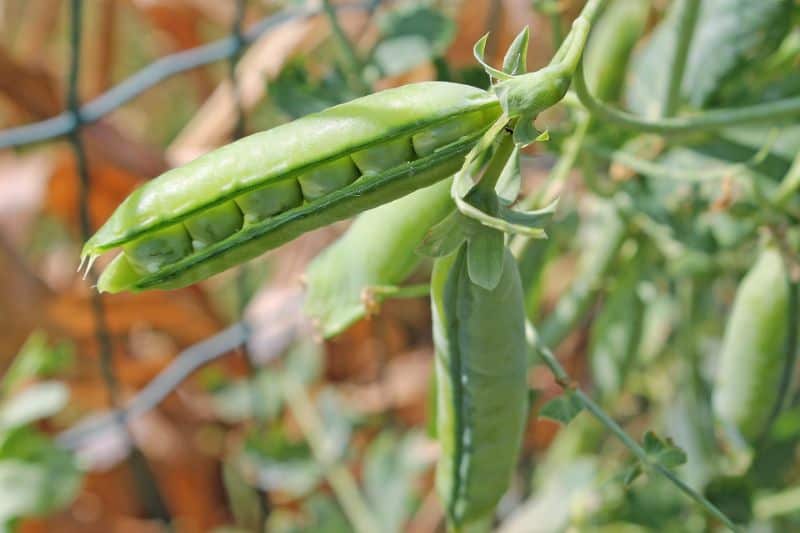
August is prime time to plant peas, particularly in cooler regions where the weather starts to cool down toward fall. Peas are a delightful addition to any garden due to their sweetness and the satisfaction of shelling fresh pods. Snap peas and snow peas can be planted in late summer, as they prefer cooler weather.
Planting pea seeds in August gives them enough time to germinate before the first frost. Try to plant them in rows about 2 inches apart and provide trellises or supports as they grow. These climbing plants can often yield a generous harvest, making them perfect for fresh eating or adding to savory dishes. With a bit of care, you can enjoy homegrown peas mild and sweet right into early winter.
Green Beans
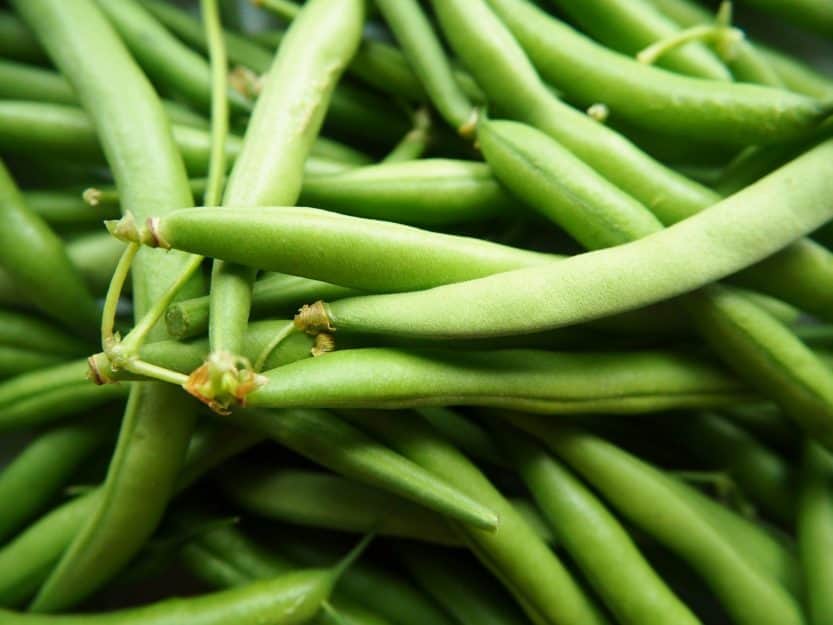
Green beans, or snap beans, are another excellent choice for late summer planting, particularly the bush varieties that mature quickly. If you missed the spring planting window, August is a great time to give them another go. These vibrant green veggies typically mature in just 50 to 60 days and can produce an abundant harvest, especially if you stagger your plantings every couple of weeks.
To grow green beans, plant the seeds about an inch deep and 2-4 inches apart, depending on the variety. They thrive in sunny spots and will reward you with a bountiful supply of delicious, crunchy beans perfect for steaming, stir-frying, or tossing fresh into salads.
Corn
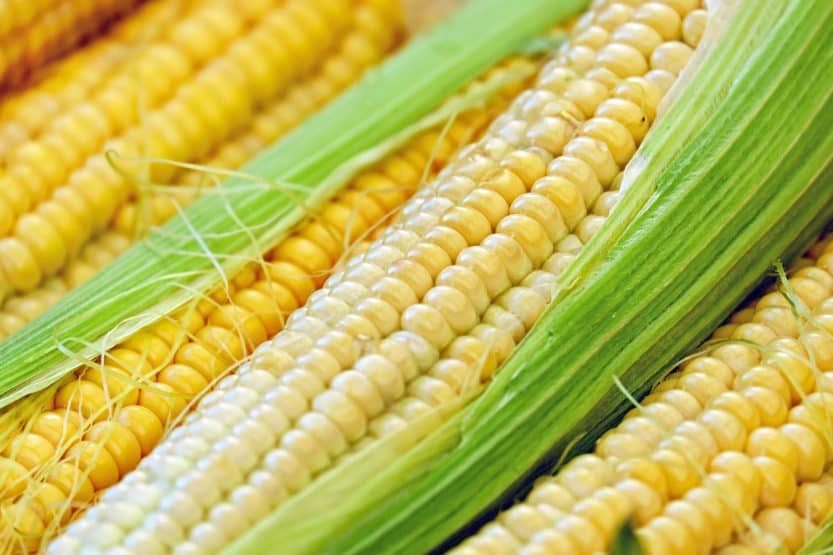
If your growing season allows, late August is a perfect time to sow a late crop of corn. While it may not be the conventional time to plant this warm-weather crop, short-maturing varieties can be planted in areas with longer growing seasons. Sweet corn is especially popular, providing a sweet taste that’s unbeatable when freshly picked.
For optimal growth, plant corn seeds in well-drained soil with full sun exposure. Space the seeds about 6-12 inches apart in blocks rather than rows, which will aid in pollination. With some care and a little luck, you could enjoy a late harvest of corn perfect for grilling, fresh salads, or hearty soups.
Purple Daikon Radish
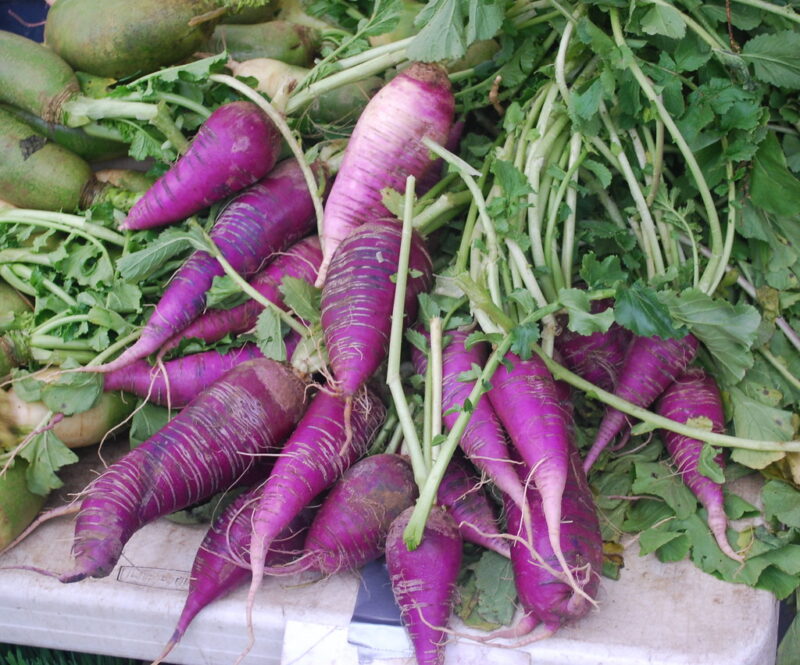
Looking for something a bit unusual to spice up your summer planting? Consider the Purple Daikon radish! This vibrant root vegetable can be planted in August and harvested in the cooler months. Radishes, particularly the Daikon variety, thrive in cooler temperatures, making them well-suited for fall gardening.
Sow purple Daikon seeds in rows about 12 inches apart, scattering them about an inch apart within the row. They will take about 60 days to mature, but the wait is worth it for the crunchy, sweet, and slightly peppery taste they bring. They’re great in salads, pickled, or even enjoyed roasted. Plus, their stunning color will add a visual flair to your garden and plate!
Celeriac (Celery Root)

For those adventurous gardeners, celeriac may be an exciting late-summer planting option. This unique vegetable, often overlooked, is known for its rich, earthy flavor and is a staple in many kitchens for soups and stews.
Plant celeriac seeds in August as they require a long growing season, and you will want to ensure they’re ready before the cold sets in. These plants prefer rich, well-drained soil and should be spaced about 12 inches apart for optimal growth. Celeriac takes about 90 to 120 days to reach maturity, but the payoff is a beautiful, knobby root that adds depth to your dishes.
Lettuce
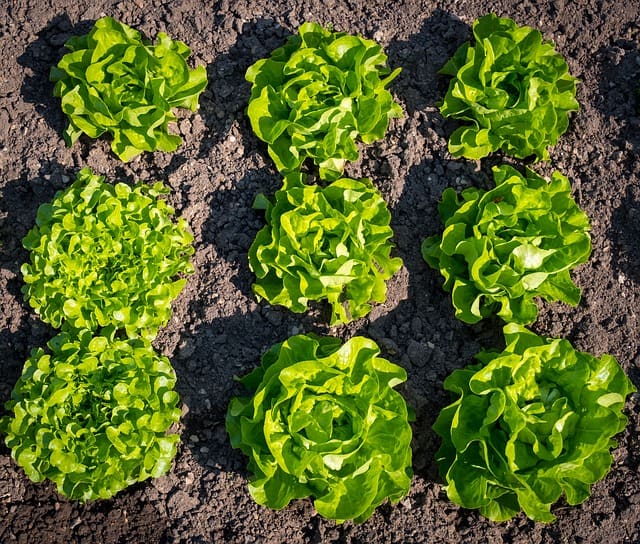
Lettuce is one of the easiest crops to plant in August, and it can offer a continuous supply of fresh greens throughout the fall. There are many varieties to choose from, including loose-leaf, romaine, and butterhead. The cooler weather of late summer and fall encourages sweet, crisp lettuce varieties to flourish.
To grow lettuce, sow seeds directly into the garden or in containers. Plant seeds about 1/4 inch deep and about 1 inch apart, allowing space for growth. Regularly watering and providing some shade during the hottest parts of the day can help protect young plants. You can enjoy fresh salads and garnishes from your lettuce patch within a month of planting!
Kale
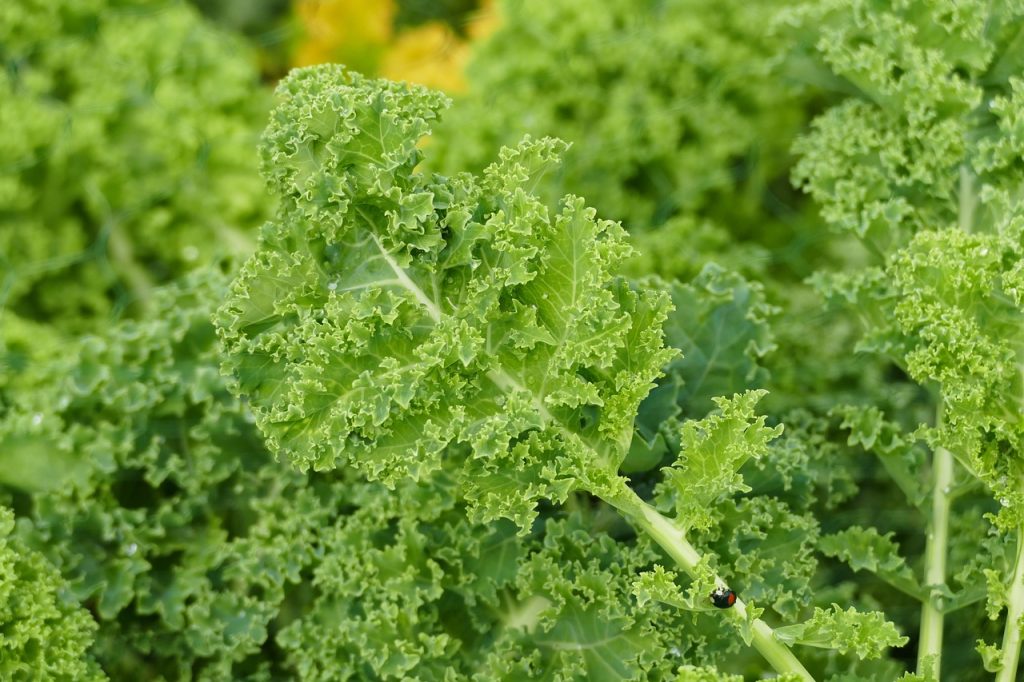
Kale is often considered the king of leafy greens, and for good reason. It’s packed with vitamins and minerals and can withstand cooler temperatures, making it perfect for planting in August. This nutrient-rich vegetable will continue to thrive as the temperature drops, often producing even sweeter leaves after exposure to light frost.
Kale can be sown directly into the soil with little fuss. Space seeds 12 inches apart and ensure they’re planted about 1/4 to 1/2 inch deep. Regular harvesting of the outer leaves encourages continued growth, resulting in a steady supply of greens for salads, smoothies, or sautés.
Broccoli
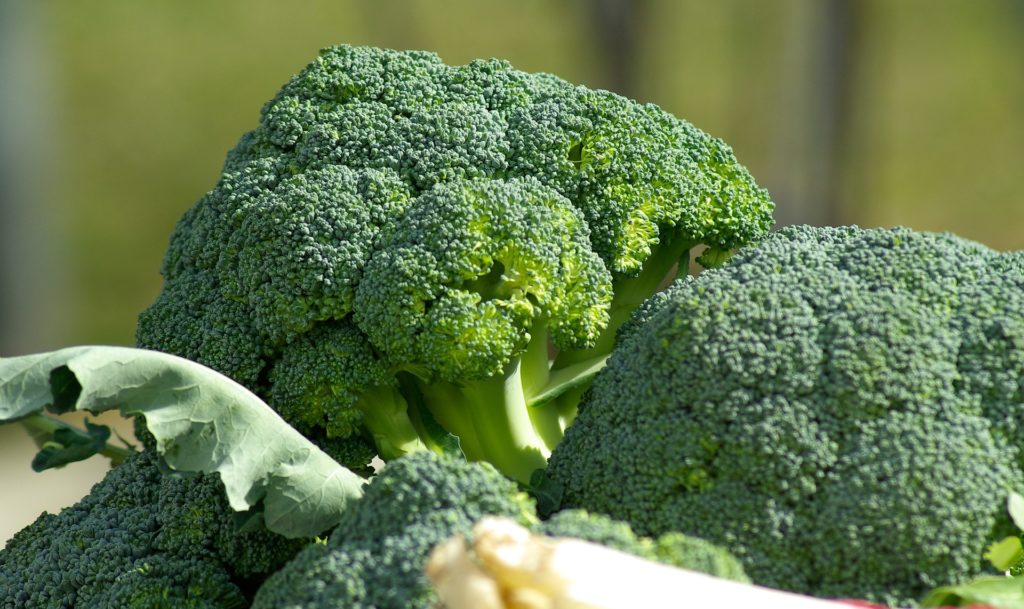
Broccoli is a favorite vegetable for many home gardeners, and August planting can yield a late fall harvest. This cool-weather crop loves rich soil and steady moisture, making your garden a perfect home.
To start, plant broccoli seeds about 1/2 inch deep and 18 inches apart. Be patient, as these sturdy plants can take between 70 to 100 days to mature. But the wait is worth it when you can enjoy homegrown broccoli, whether steamed, stir-fried, or roasted for a delightful side dish. With proper care, your harvest can last well into the fall months.
Cauliflower
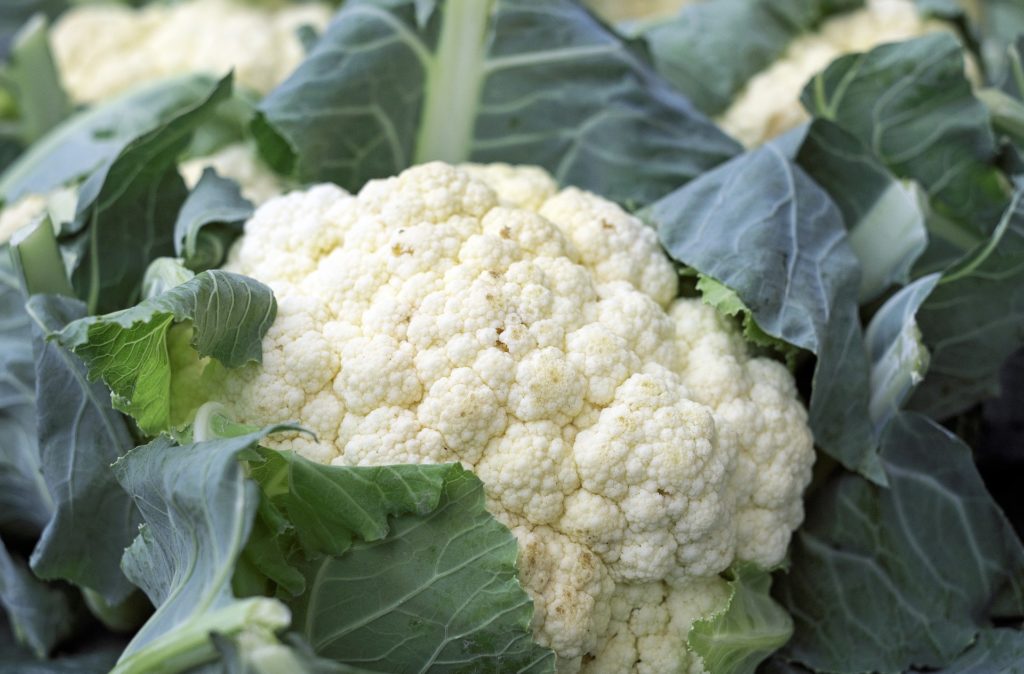
Tempering your expectations with broccoli? Why not try cauliflower instead? Similar to broccoli, cauliflower does well planted in August and prefers cool weather. Cauliflower likes its space, so plant the seeds about a foot apart to allow for the large heads to develop.
Sowing seeds directly into your garden or starting them indoors before transplanting works well. Watch for pests, as they can be attracted to these tender plants. When harvested at the right time, cauliflower can add a creamy texture and mild flavor that shines in a variety of dishes, from gratins to soups.
Cabbage
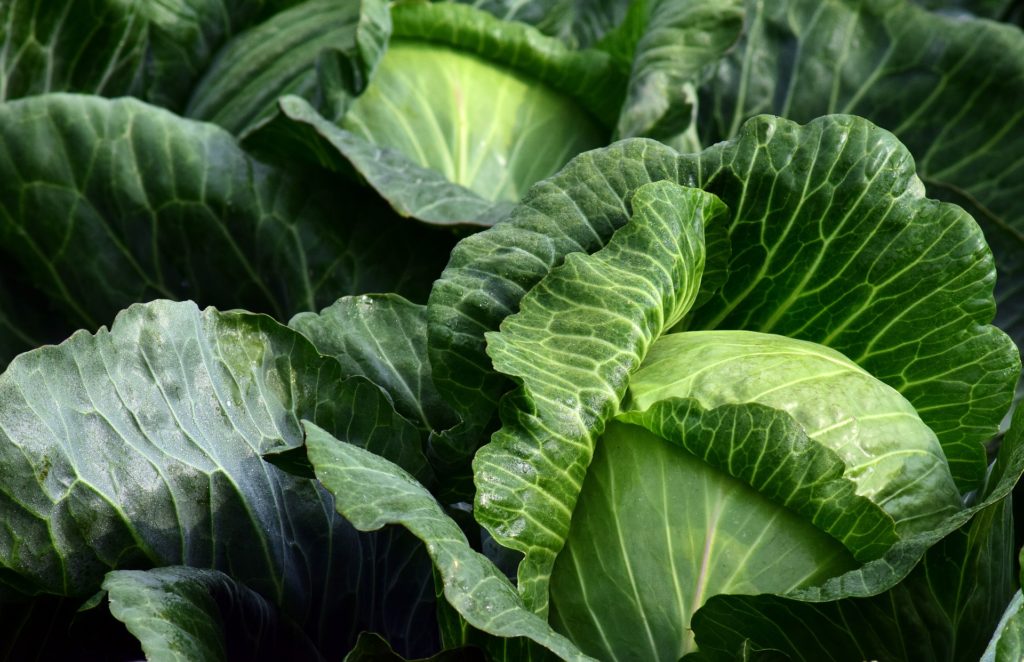
Cabbage is another cool-weather crop that does remarkably well when planted in August. These vibrant and crunchy heads can be eaten raw in salads or slaws or incorporated in cooked dishes.
To grow cabbage, sow seeds about 1/4 inch deep and provide adequate spacing of 12 to 18 inches between plants. Cabbage can take 60 to 100 days to mature, depending on the variety. With the right attention, you will find that cabbage is not only delicious but also robust enough to withstand some colder temperatures, ensuring a steady harvest into the fall months.
Turnips
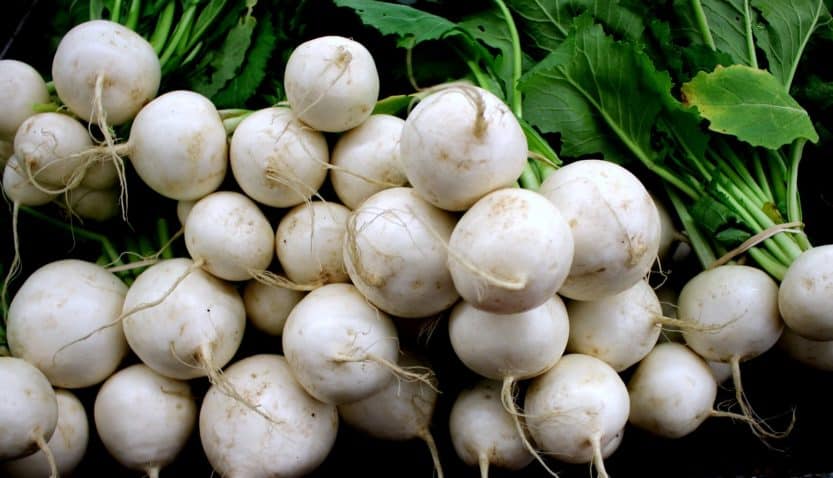
Turnips are a delightful root vegetable that packs a punch with its slightly sweet and peppery flavor. August is an excellent time to plant turnips so that they mature in the cooler fall weather.
Sow turnip seeds directly in the ground, spaced about 2-4 inches apart, about 1/2 inch deep. These hardy roots will grow rapidly, taking about 30 to 60 days to mature, depending on the variety. Not only can you enjoy the roots, but the greens are also edible and nutritious. Turnips provide a dual harvest, making them a fantastic addition to your late-summer garden.
Collard Greens
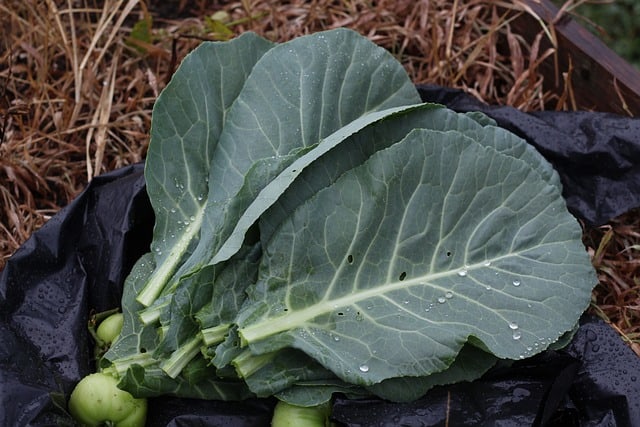
Collard greens are a member of the Brassica family and thrive in cool weather. Planting collard greens in August ensures you’ll have a nutrient-rich leafy green ready for fall meals. They are incredibly resilient and can tolerate frost, which can even enhance their flavor.
For best results, plant seeds about 1/4 inch deep, spacing them 12–18 inches apart. These robust plants can grow quite large, so don’t be afraid to water them regularly throughout their growing period. Collards can be enjoyed in salads or as cooked greens, providing robust nutrition and a heartiness that is welcome in cooler weather.
Mustards
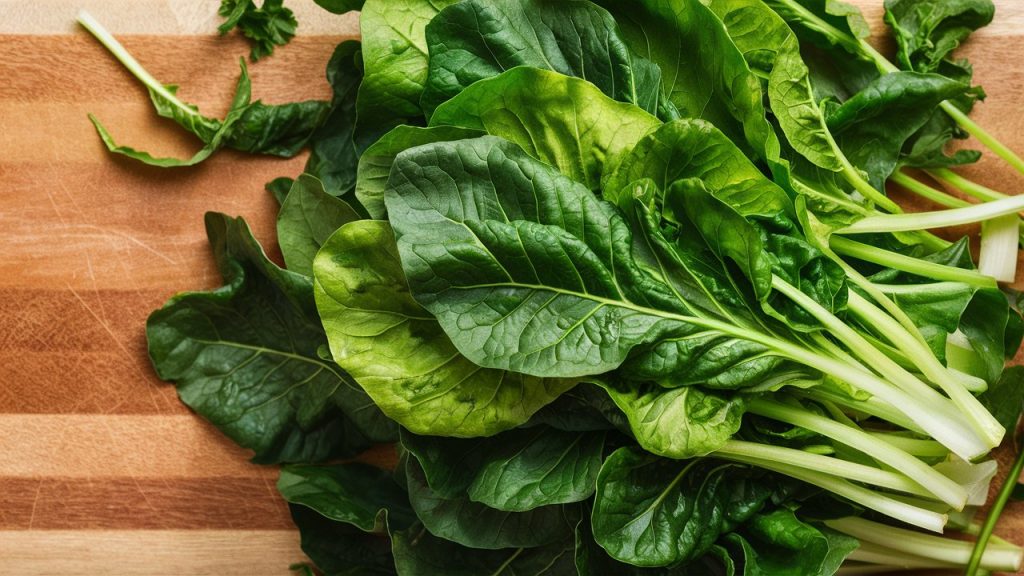
Mustard greens are another excellent leafy green to consider in August. They grow quickly and are known for their spicy flavor, adding a kick to salads or stir-fries. Mustard greens flourish in cooler temperatures, making an August planting ideal.
Space seeds about 1 inch apart and plant them around 1/2 inch deep. These greens can take about 30 to 40 days to mature, and regular harvesting will keep them producing throughout the season. The versatility of mustard greens in the kitchen makes them a prized addition to your late-summer garden.
Bok Choy
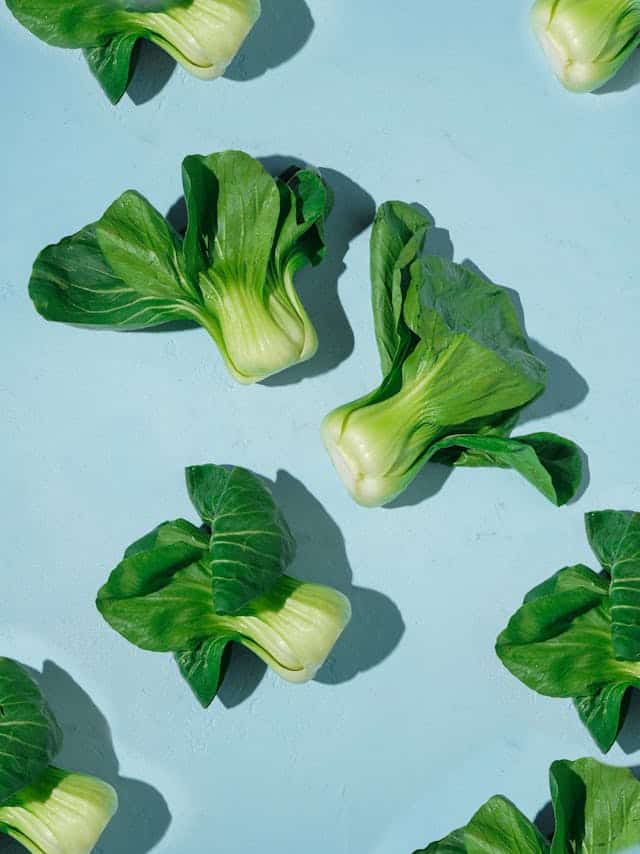
Bok choy is a Chinese cabbage that also thrives in cooler weather and can be sown in August. This tender, crunchy green is perfect for stir-frying or incorporating into soups, adding both flavor and nutrition to your meals.
Plant bok choy seeds about 1/4 inch deep and 6 inches apart, allowing ample space for growth. These sweet and crisp vegetables usually mature in 45-60 days, and their ability to withstand the chill of fall makes them a unique addition to your garden. Harvest the leaves when they are young and tender for the best flavor and texture.
Spinach
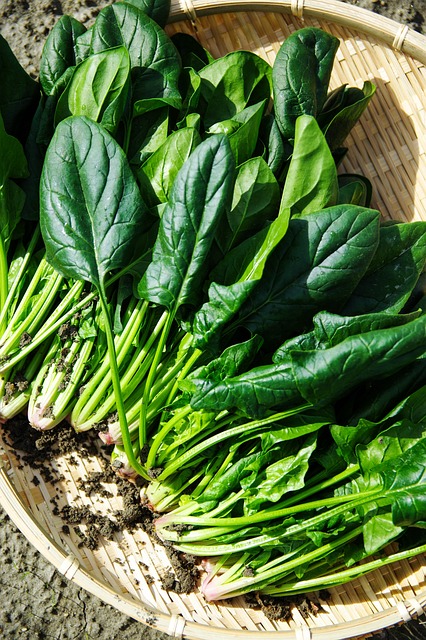
Spinach is a true champion of late-summer gardening. It loves cooler weather, and by planting it in August, you can have a steady supply of fresh leaves for all fall. Rich in vitamins A, C, and K, spinach is a superfood that can be enjoyed in salads, smoothies, or cooked dishes.
Sow spinach seeds 1/2 inch deep and about 1-2 inches apart. Water regularly, and be sure to provide some shade during the hottest parts of the day if needed. With a growth period of about 40-50 days, you’ll be enjoying delicious, homegrown spinach before you know it!
Carrots
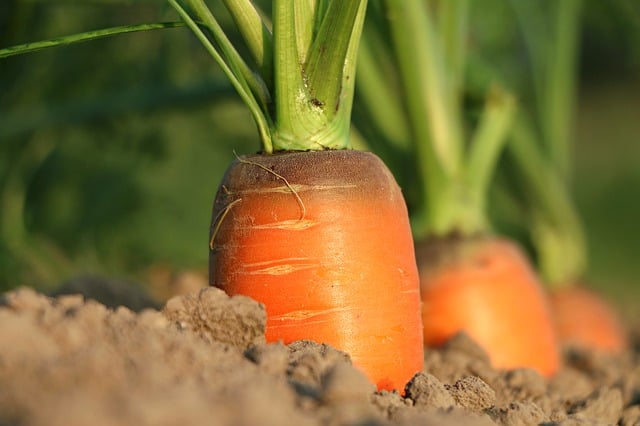
Carrots can also be sown in August, particularly in areas with a long enough growing season. These vibrant root vegetables are beloved for their sweetness and crunch. While they take a little longer to mature—usually around 70 to 80 days—it’s definitely worth the wait.
Sow carrot seeds about 1/4 inch deep and spaced a couple of inches apart in well-draining soil. Keep the soil moist until they germinate. As carrots grow, they need thinning, so ensure there’s enough space for each root to develop fully. A successful carrot harvest in late autumn can be a sumptuous delight, whether eaten fresh, roasted, or pureed.
Lemon Balm
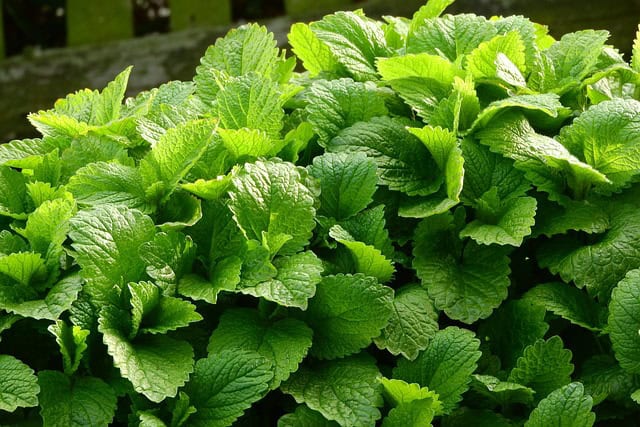
Lemon balm is a delightful herb to consider sowing in August. Not only does it have a lovely lemony scent and flavor, but it also thrives in cooler temperatures, making late summer planting possible.
To grow lemon balm, plant seeds or small plants about 12-18 inches apart in a sunny spot with rich soil. Its growth is relatively rapid, allowing you to enjoy fresh leaves in your cooking or for fragrant teas within a few weeks to months. Plus, honeybees love it, so planting it can also enhance pollinator activity in your garden!
Rosemary
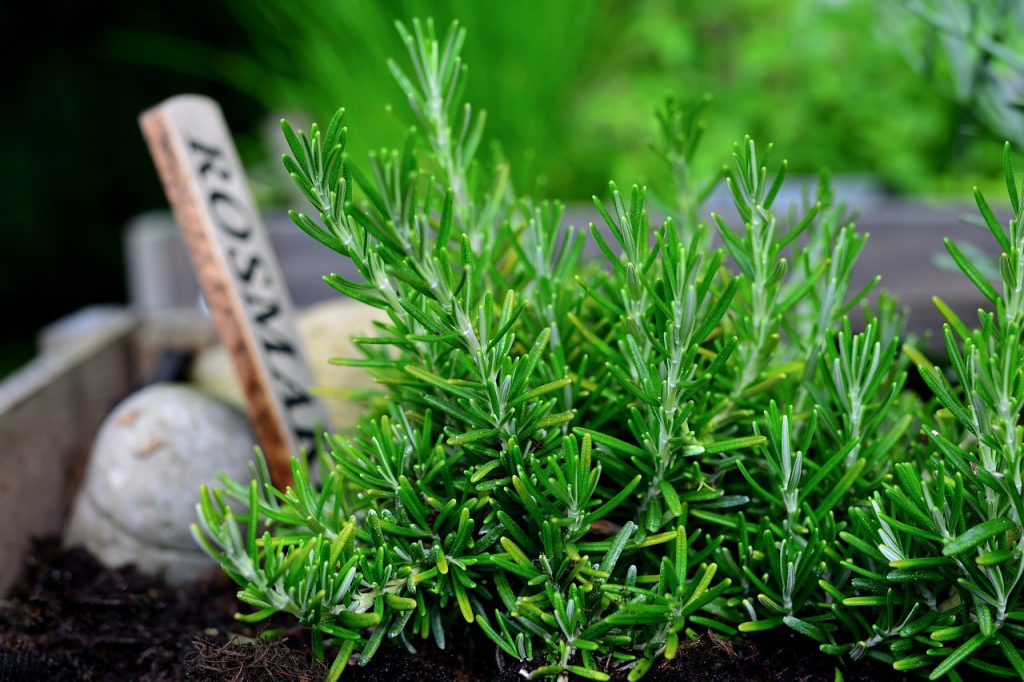
While rosemary is usually thought of as a perennial herb, some varieties can be sown in August with enough time to establish themselves before the frost. This fragrant herb is perfect for seasoning a variety of dishes and can be a lovely addition to your outdoor garden.
To plant rosemary, choose a warm, sunny location and ensure the soil drains well. Space the seeds about 12 inches apart for optimal growth. Though it may take several months to establish itself, once you have a robust rosemary plant, it’ll provide fresh herbs for your kitchen for years to come.
Parsley
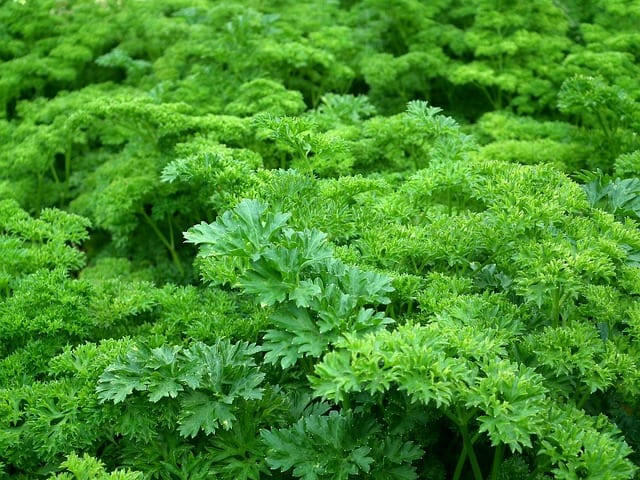
Parsley is another herb that can thrive if planted in August. It’s an essential culinary herb enjoyed worldwide and can be used in various dishes, from salads to garnishes to sauces.
Sow parsley seeds about 1/4 inch deep and spaced 6-8 inches apart. Parsley can take several weeks to germinate, so patience is key. Once established, it can keep producing fresh leaves well into the cooler weather, adding flavor and nutrition to your meals all fall long.


